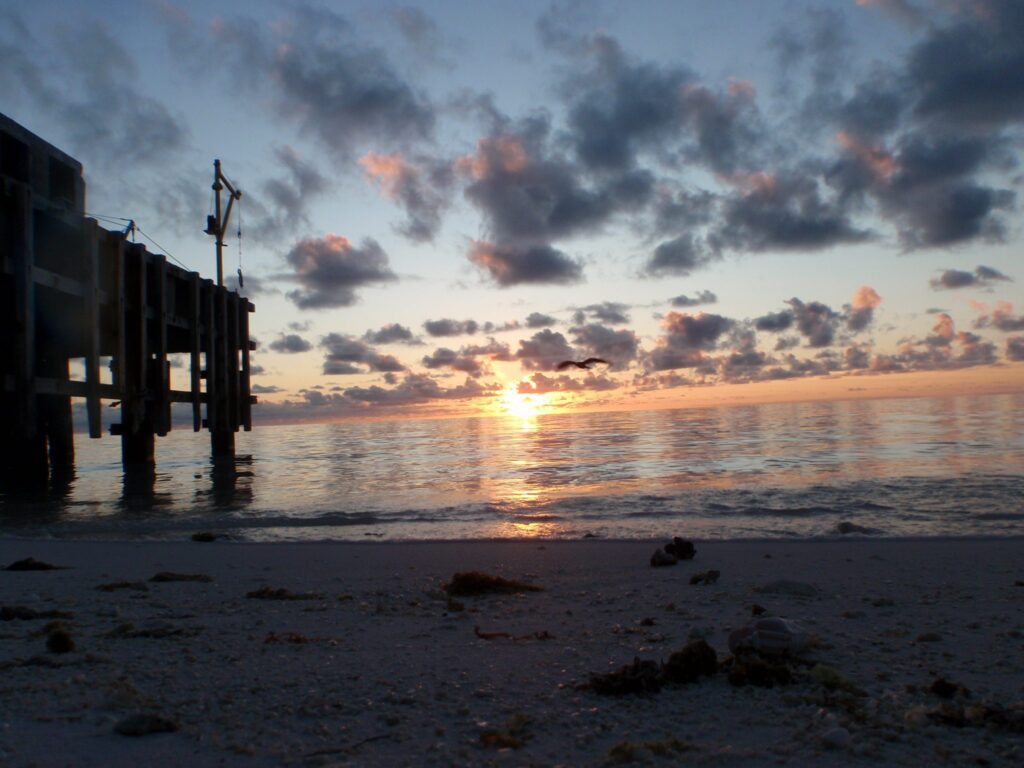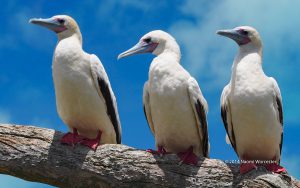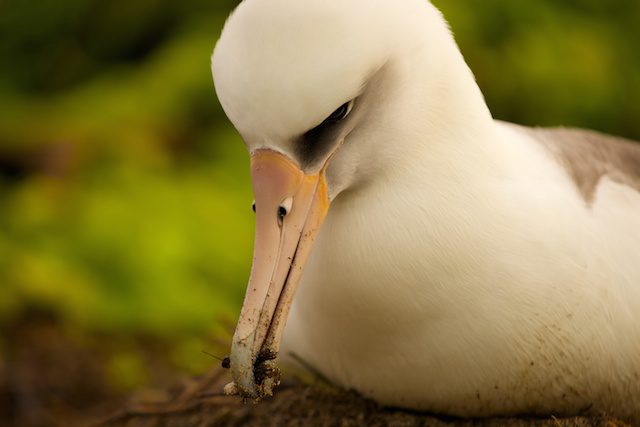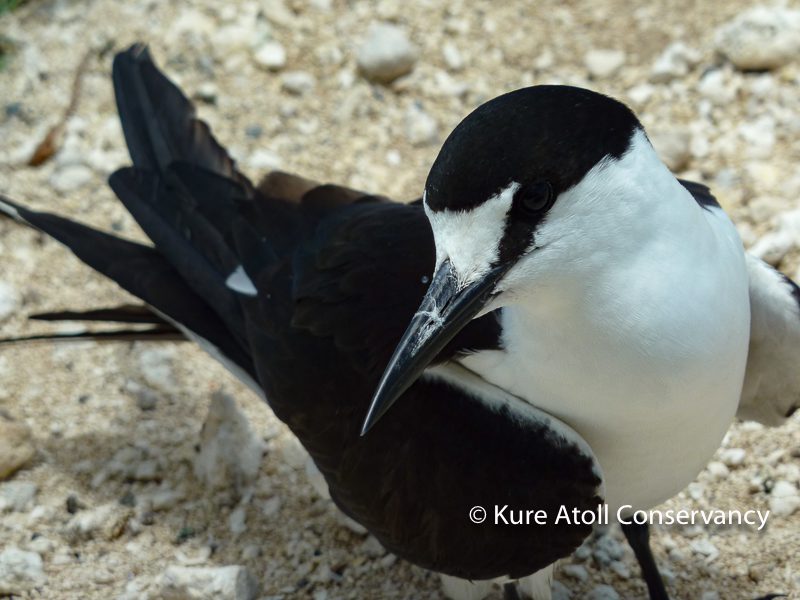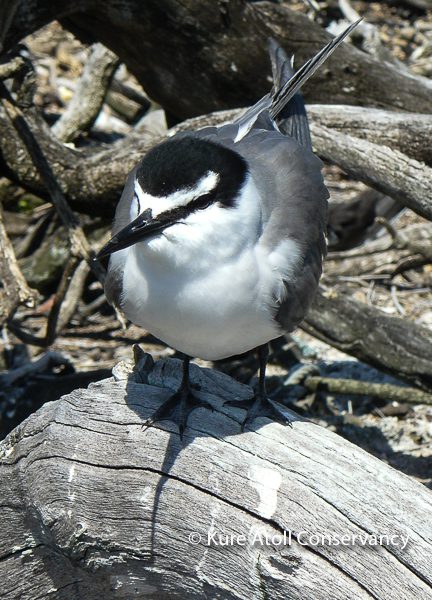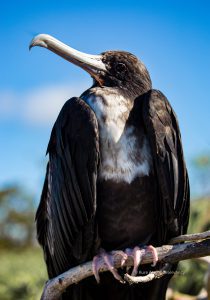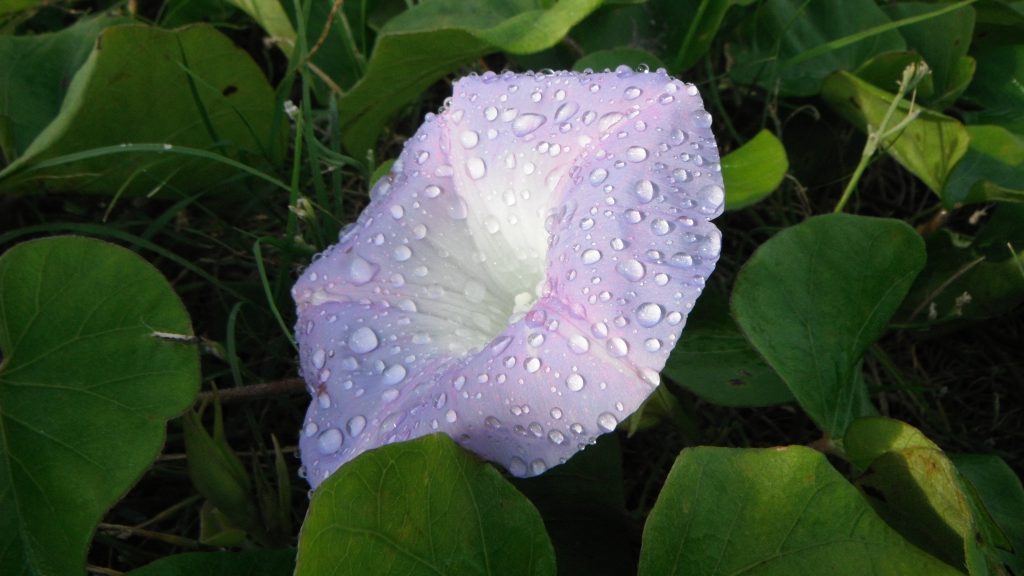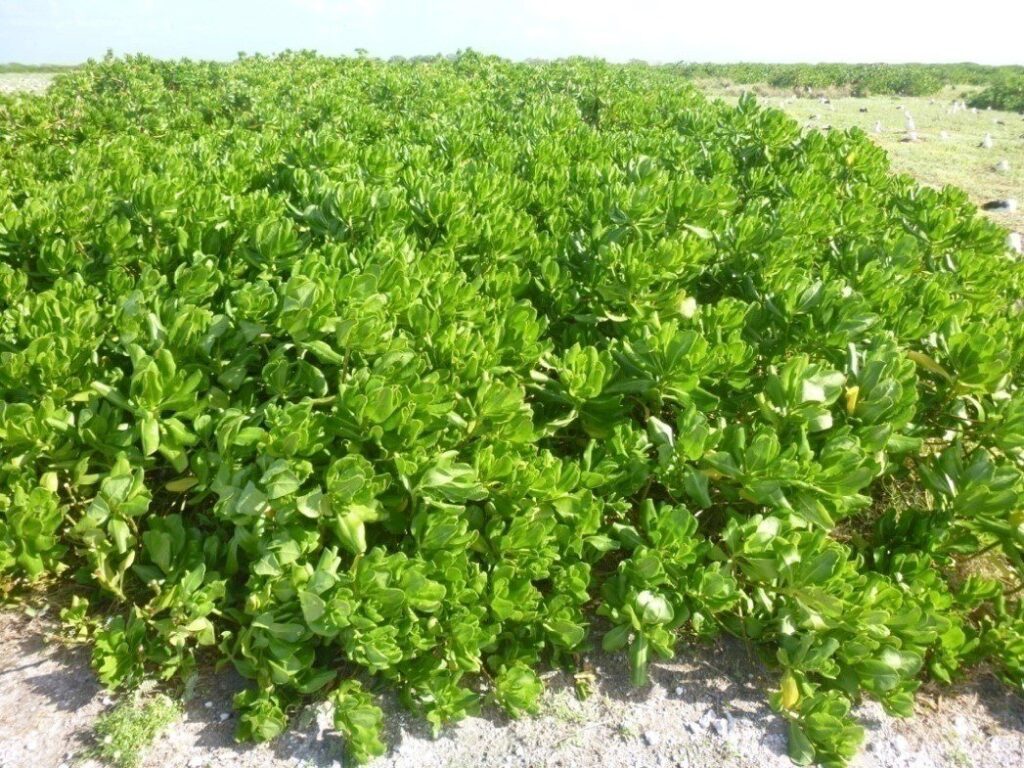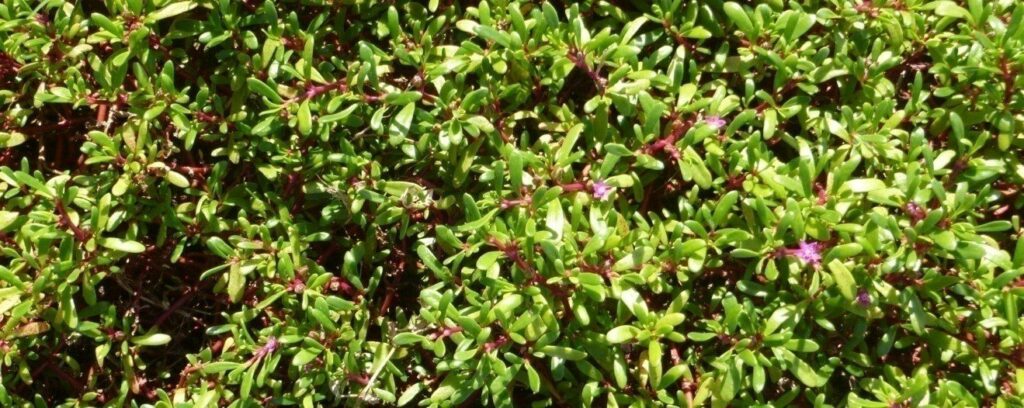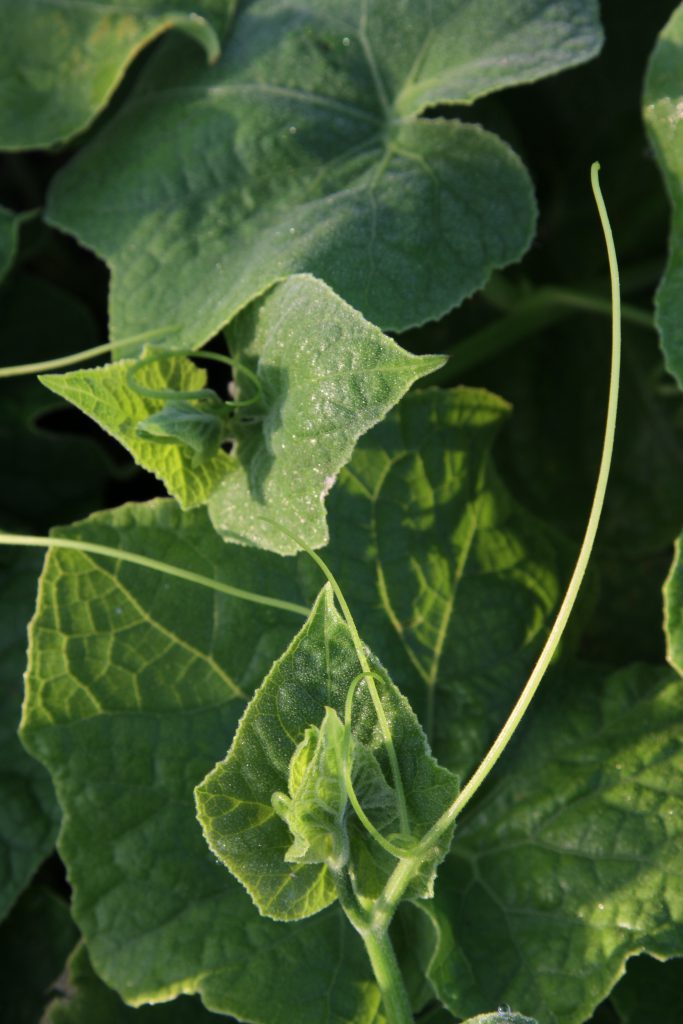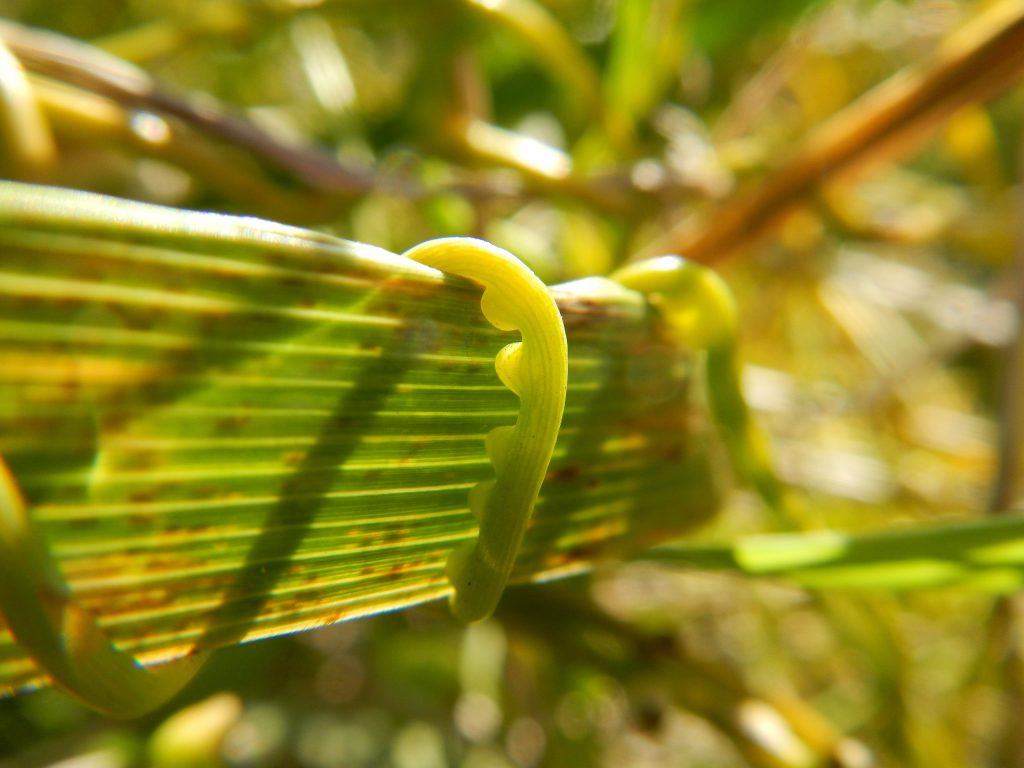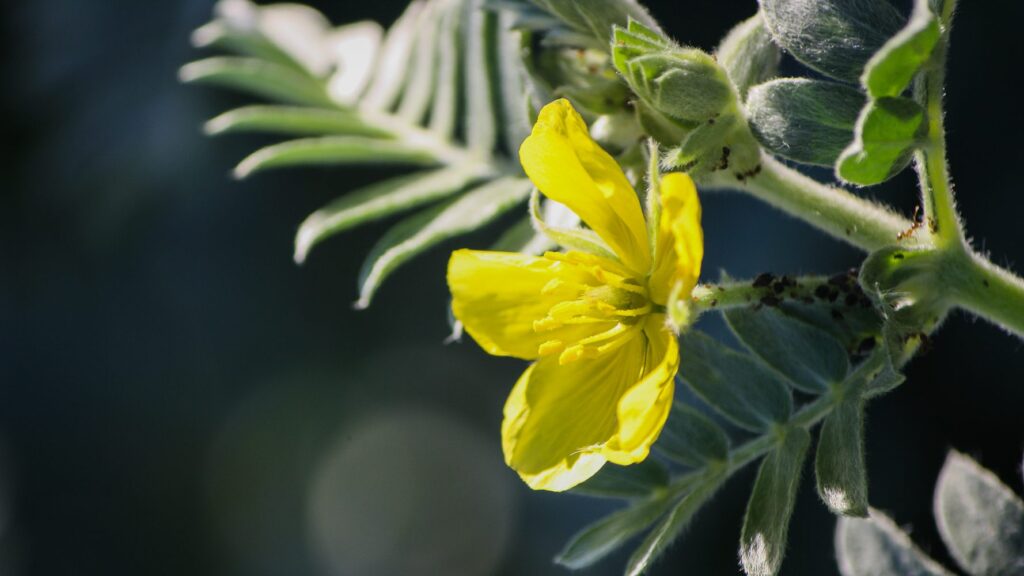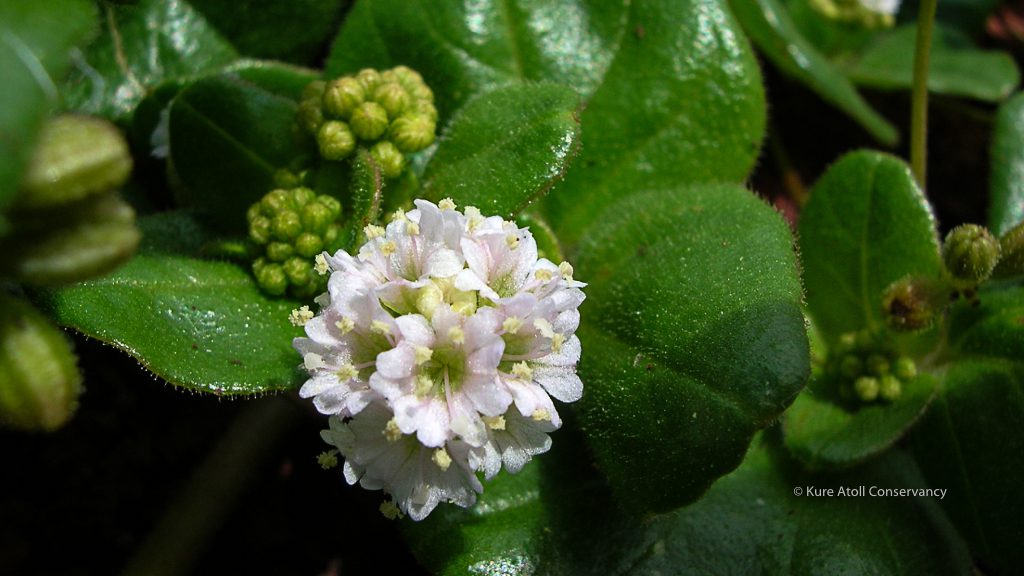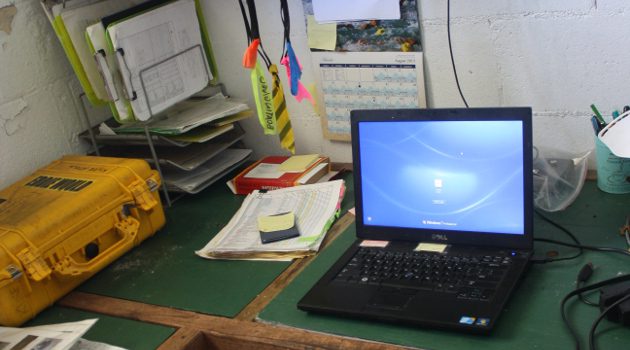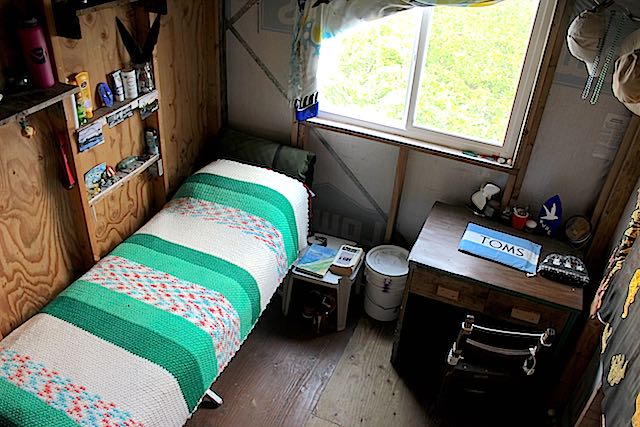Laysan Albatross Nests
Black-footed Albatross Nests
Resident Monk Seals
Nesting Seabird Species
Seabirds
Today, most of Hawaii’s seabirds are restricted to the Northwestern Hawaiian Islands, which constitute one of the largest and most important assemblages of seabirds worldwide. There are 18 seabird species on Hōlanikū.
Shorebirds
There are 5 primary shorebird species.
Plants
The plants and invertebrates that once belong on the coastal systems across the Hawaiian archipelago, have disappeared or declined within the main Hawaiian Islands. The extreme isolation and protection afforded by Kure Atoll and Papahānaumokuākea Marine National Monument present a unique opportunity to protect, restore, and support research on these disappearing ecosystems. All the numerous rare and native plants play a vital role in dune stabilization and creating habitats for all Kure wildlife.
Wildlife
Hōlanikū’s marine environment is abundant and dynamic, playing host to endemic, rare and introduced species of fish, turtles and marine mammals. It is an important breeding colony for the endangered Hawaiian monk seal (Monachus schauinslandi), and provides habitat for the threatened green sea turtle (Chelonia mydas). The atoll is home to a 155 fish species; some are rare species like the Japanese angelfish (Centropyge interruptra) and 56% are endemic to the Hawaiian archipelago such as the Hawaiian dascyllus (Dascyllus albisella), belted wrasse (Stethojulis balteata) and saddle wrasse (Thalassoma duperrey) (DeMartini and Friedlander 2004). Nai’a, the Hawaiian spinner dolphin (Stenella longirostris), is a common site in the lagoon during their diurnal resting period.
Kure Atoll Field Research Station Camp Facilities
The State of Hawaiiʻs Kure Atoll Wildlife Sanctuary research field station facilitates a comprehensive wildlife habitat restoration and natural resources education program of research, education, and facility development that services management actions needed to protect and maintain native wildlife resources and ecosystem function at Kure Atoll Wildlife Sanctuary.
The main structures are the main house, the cistern, the tool shed, the lua (bathroom), and the bunkhouse. The first three are old structures built in 1960 for the Coast Guard LORAN Station, which operated until 1993. Today, they provide shelter, storage, and other basic needs for field camp operations.
When not working, the crew stays within the camp to rest and recuperate. The main house and bunkhouse, which have a food pantry, kitchen, communications area, and entertainment bookshelf, are where most of one’s time is spent on the days off.
